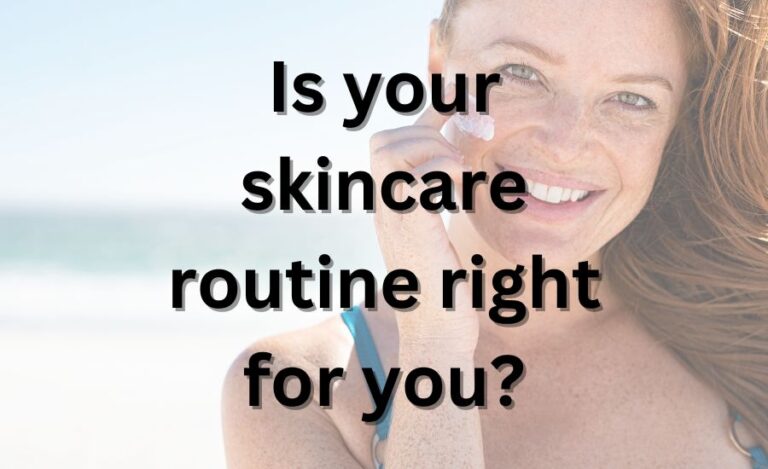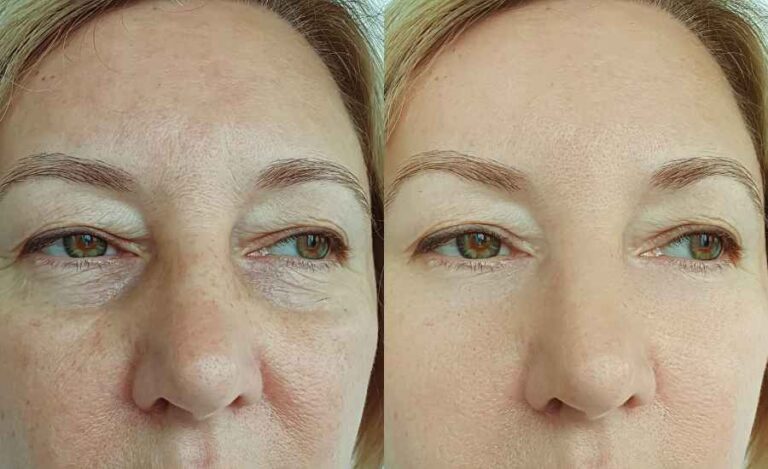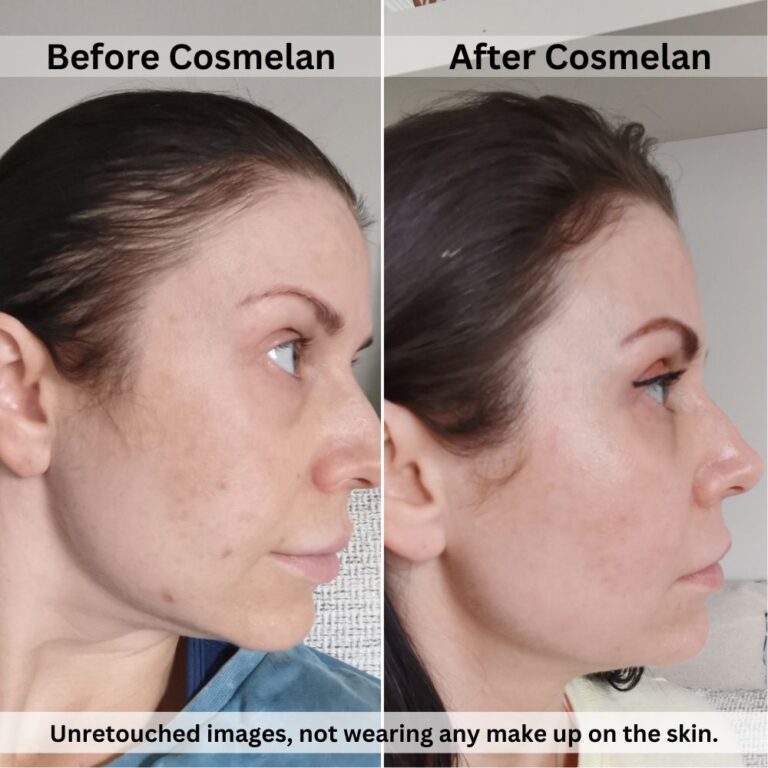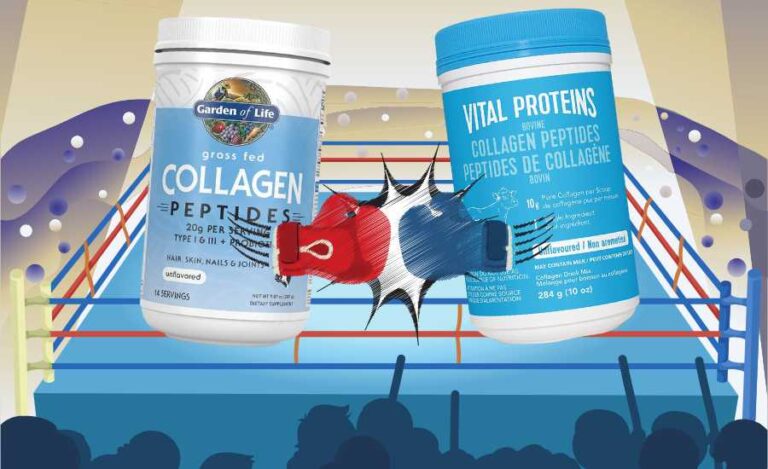Before I dive into The Ordinary Retinol Review I wanted to clarify the following for you, in case you are a little confused by all the retinol-related terms out there. Because when I first started on my Retinol journey about 7 years ago, I know I was overwhelmed with the information before I even got to choose the brand.
What is Retinol and what different types are there?
Retinol, retinoid, and tretinoin are all related compounds derived from Vitamin A. Here are the key differences:
Retinoid:
- Category: “Retinoid” is the umbrella of all compounds related to Vitamin A, including both over-the-counter forms like retinol and prescription-strength forms like tretinoin.
- Strength: Prescription-strength retinoids are more potent than over-the-counter retinols.
- Effectiveness: Prescription-strength retinoids tend to produce more rapid and dramatic results, but they may also be more likely to cause skin irritation and not suitable for everyone.
- What it is used for: Used for various dermatological conditions including acne, psoriasis, and aging.
Retinol:
- Strength: Retinol is a milder form of retinoid and is available over-the-counter or online.
- How it works: It needs to be converted by the skin into retinoic acid, and absorbed into the skin. It comes in different strengths and you can start with a milder version and scale up.
- Effectiveness: It may take longer to see noticeable results compared to stronger prescription forms.
- What it is used for: Used for general anti-aging, improving skin texture, and reducing the appearance of fine lines.
Tretinoin:
- Strength: Tretinoin is a specific prescription-strength retinoid. You would need to see a dermatologist or a doctor to get a script.
- Form: It is available in several formulations, including creams, gels, and lotions.
- Effectiveness: Tretinoin is highly effective and is often used to treat acne and for anti-aging purposes.
- What it is used for: It’s prescribed by dermatologists for acne treatment and is also a powerful tool in anti-aging regimens.
Now that we got that out of the way, let’s get on with understanding The Ordinary Retinol Brand which is an over-the-counter retinol that has gained popularity in the last few years all around the United States, Australia, UK, and many other countries.
The Ordinary retinol review: On all 6 types and strengths of the product - simplified.
The great thing about The Ordinary Retinol is that it is not all size fits all like many other brands out there. They really cater to various skin types from sensitive to more resilient skin types. If you are planning on using Retinol for the first time then ideally you want to start with the mildest version that is the least irritating, just to get your skin used to it. Then you can work your way up in strength for more effectiveness.
If you are ready to get started on using retinol, here is your The Ordinary Retinol Review Strength Menu to help you choose the right one to get started with.
The Ordinary has 2 categories of the product, Granactive Retinoid and Retinol in Squalane. What’s the difference?
Granactive Retinoid:
- Gentler Option
- Less Likely to Irritate
- Ready for Use, No Conversion Needed (means that it can start working instantly as soon as applied)
- Good for Sensitive Skin
Retinol in Squalane:
- Stronger, More Potent
- May Cause More Irritation
- Converts in Skin for Effect (needs to undergo a chemical transformation within the skin to become active and exert its effects)
- Best for Experienced Users
In short, Granactive Retinoid is milder and ready to use, suitable for sensitive skin. Retinol in Squalane is a higher strengths of retinol and may cause more irritation, better for experienced users.
Each category has it’s own subcategory that is based on how much of the pure retinol is in the serum.
The Granactive Retinoid Serums come in 2% emulsion, 2% in squalane and 5% in squalane. These are great to start with as not only they are gentler on the skin they also have a lighter feel on the skin and are not very greasy.
Although bear in mind squalane is oil-derived so whilst it’s not a very thick product it still goes on like a light oil, but then absorbs well into the skin.
Here is a table that outlines the strengths and irritation levels that may help you understand better and help you select a starting point.
| Strength Level | Product Name | Irritation Potential |
|---|---|---|
| Level 1 | Retinol 0.2% in squalane | (Low) |
| Level 2 | Granactive retinoid 2% in squalane | (Low) |
| Level 2 | Retinol 0.5% in squalane | (Moderate) |
| Level 3 | Granactive retinoid 5% in squalane | (Low) |
| Level 3 | Retinol 1% in squalane | (High) |
| Level 3 | Granactive retinoid 2% emulsion | (High) |
I mentioned that Granactive retinoid is less likely to irritate, except for the one that contains 2% and is an emulsion rather than in squalane. This one is a stronger product and may cause irritation on the sensitive skin.
Retinols that are a water-free solution usually more stable and have better shelf life, they are also less likely to irritate the skin.
If your skin is fairly normal and not very sensitive to other products you can try starting with a Retinol 0.5% in squalane which has a moderate irritation level.
Is Ordinary retinol effective?
Yes, but keep in mind that it takes time to see results and you would need to follow a consistent retinol regimen. The stronger the serum the better result you will notice over time. Retinoid treatments can make a great part of your overall skincare routine.
Whilst I haven’t noticed any difference from using the weaker solutions for 3-5 months. I started noticing the difference when I started using Retinol 0.5% in squalane, after about 2 months of use. The skin tone became more even, less blotchy, and most importantly I noticed that my skin is not flaky or dry anymore like it used to be. The overall complexion improved.
If you want to understand what retinol is actually good for, here are some of the key benefits;
- Boost Collagen Production: Addresses loss of collagen with age and helps skin become firmer.
- Renew Skin Cells: Gives a smoother, even-toned look.
- Fade Dark Spots: Helps with uneven skin tone.
- Prevent Acne: Clears pores, reducing breakouts.
- Smooth Texture: Makes skin softer and more refined.
- Reduce Fine Lines: Especially around eyes and mouth.
- Keep Skin Hydrated: Some formulas include moisturizing elements.
- Repair Sun Damage: Helps heal and renew sun-exposed skin.

Is The Ordinary Retinol Serum the real deal?
Yes, The Ordinary brand is genuine and created by a big reputable company Deciem, their products contain real quality ingredients.
The Ordinary Retinol Reviews can be found everywhere including Reddit, Facebook Groups discussing skincare, and on the retailer’s websites. Many reviewers found that the quality of the product is fantastic, even though it’s at a fraction of the cost of many other similar products.
I myself have been using it for 3 years and find that they are on par in terms of effectiveness with other more expensive skincare products that I have tried before.
I have literally tried about 6 different brands of Retinoid Products on the market over the years, so I am a bit of a guinea pig if you like. So you’re welcome, I did the testing for you, and now you can just skip right to the good stuff that works.
Why is The Ordinary Retinol so cheap?
The Ordinary achieves affordable pricing by focusing on only 1 or 2 active ingredients per product, which also makes the product more potent. They usually only use 2 key ingredients, Hydroxypinacolone Retinoate and squalane.
They also save on packaging by making it very simple and minimalistic. The Ordinary range comes from a bigger parent company Deciem. Deciem is a well-established company with great funds and reputation through other products. So they do not need to spend a tonne of money on marketing and building a brand new company from scratch.
Can you use Ordinary Retinol 1% every night?
The frequency of retinol use will entirely depend on your skin. You can try to start with using The Ordinary Retinol 1% in squalane every 2nd or 3rd night, then if no irritation occurs, you can try more frequently.
If you find that you are starting to get patches of irritation from daily use, scale back to every other night or give it a break for a few days altogether. Your skin will eventually build resilience to the higher concentrations of retinol as long as you don’t have very sensitive skin or skin conditions.
What are the side effects to using Retinoid products frequently?
Although retinol is a fantastic product to have as part of your daily skin care routine it’s important to understand that there are some side effects that may affect certain skin types.
Here are some of the common things that can become an issue.
Dryness and Peeling: Retinoids can cause excessive dryness and flaking, particularly when first starting to use them or when using high-strength retinol formulas.
Redness and Irritation: Some individuals may experience redness, itching, or irritation, especially if they have sensitive skin or are using heavier treatments.
Increased Sun Sensitivity: Retinoids can make the skin more susceptible to sunburn. It’s crucial to use sunscreen regularly and avoid UV radiation.
Purging: When starting a retinoid, there may be an initial period where pre-existing acne lesions may worsen before they start to improve. This is sometimes referred to as “purging.”
Temporary Hyperpigmentation: In some cases, retinoids can cause temporary darkening of areas of hyperpigmentation creating uneven skin tone before they lighten.
Stinging or Burning Sensation: Especially close to eye area, retinoids can cause a stinging or burning sensation.
Skin Sensitivity: Some individuals may find their skin becomes more sensitive overall while using retinoids.
It’s important to note that not everyone will experience these side effects, and many can be managed with proper use and skincare practices. If side effects become severe or persistent, it’s advisable to consult a healthcare professional or dermatologist.
They can provide guidance on adjusting your skincare routine or potentially changing the strength or frequency of retinoid use.
Which Ordinary Retinol is best for beginners?
Retinol 0.2% in squalane, or Granactive retinoid 2% in squalane are good to get started with if you never used Retinol before. They contain lower concentrations of retinol and can be a good starting point. It’s always a good idea to do a patch test before applying it to your whole face.
Try to apply a small amount behind your ear to see if any redness or discomfort occurs in the next 24 hours. If you find that the area has become very red then cease use and perhaps try a milder option.
Do you need a moisturizer after The Ordinary Retinol?
Yes, whilst retinol helps collagen production and cell turnover, moisturiser on the other hand will provide other anti-aging benefits to the skin. The night-time moisturiser usually goes on after retinol serum application. I suggest using something that contains Jojoba Oil as it’s been known to address several skin issues.
A jojoba oil-based moisturizer is known to address the following skin concerns:
- Hydrate Dry Skin: It’s a natural moisturizer that helps combat dryness.
- Help with Acne: Surprisingly, it doesn’t clog pores and can balance oil levels.
- Suitable for Sensitive Skin: It’s gentle and unlikely to cause irritation.
- Reduce Redness and Inflammation: Good for calming irritated skin.
- Fight Signs of Aging: Contains antioxidants and vitamins to help fight the appearance of fine lines.
- Even Out Skin Tone: Can help with dark spots or uneven pigmentation.
- Aid Skin Conditions: Might be helpful for eczema and psoriasis.
- Assist with Sun Damage: Supports skin repair after sun exposure.
Do you have to refrigerate retinol serum?
In winter months it’s okay to store your retinols in a cool dark place, but in summer it’s recommended to refrigerate most of the Ordinary Products.
Retinol and Vitamin C can degrade much quicker and become unstable when exposed to sunlight and high temperatures.
What is the best skincare order and when should you apply retinol?
Think of applying your products from the lightest in texture or more watery products first, and the more heavier or oilier products last.
Start with toner, hydrating mists, then move on to creamy textured products and water-based serums, then finally heavy and thick serums or creams.
Although The Ordinary Retinol products are mostly oil-based (especially those in squalane) it is quite a light-textured oil and recommended to be applied before a heavier thicker night-time moisturizer.
You can check out my AM and PM skincare routine here to see a full step-by-step skincare layering order in the morning and night time.
Does The Ordinary test on animals?
According to Cruelty-Free Kitty and The Ordinary website itself, the brand doesn’t test finished products or ingredients on animals, and neither do their suppliers or any third parties.
Which definitely puts my mind at ease knowing that I am using ethical brand.





